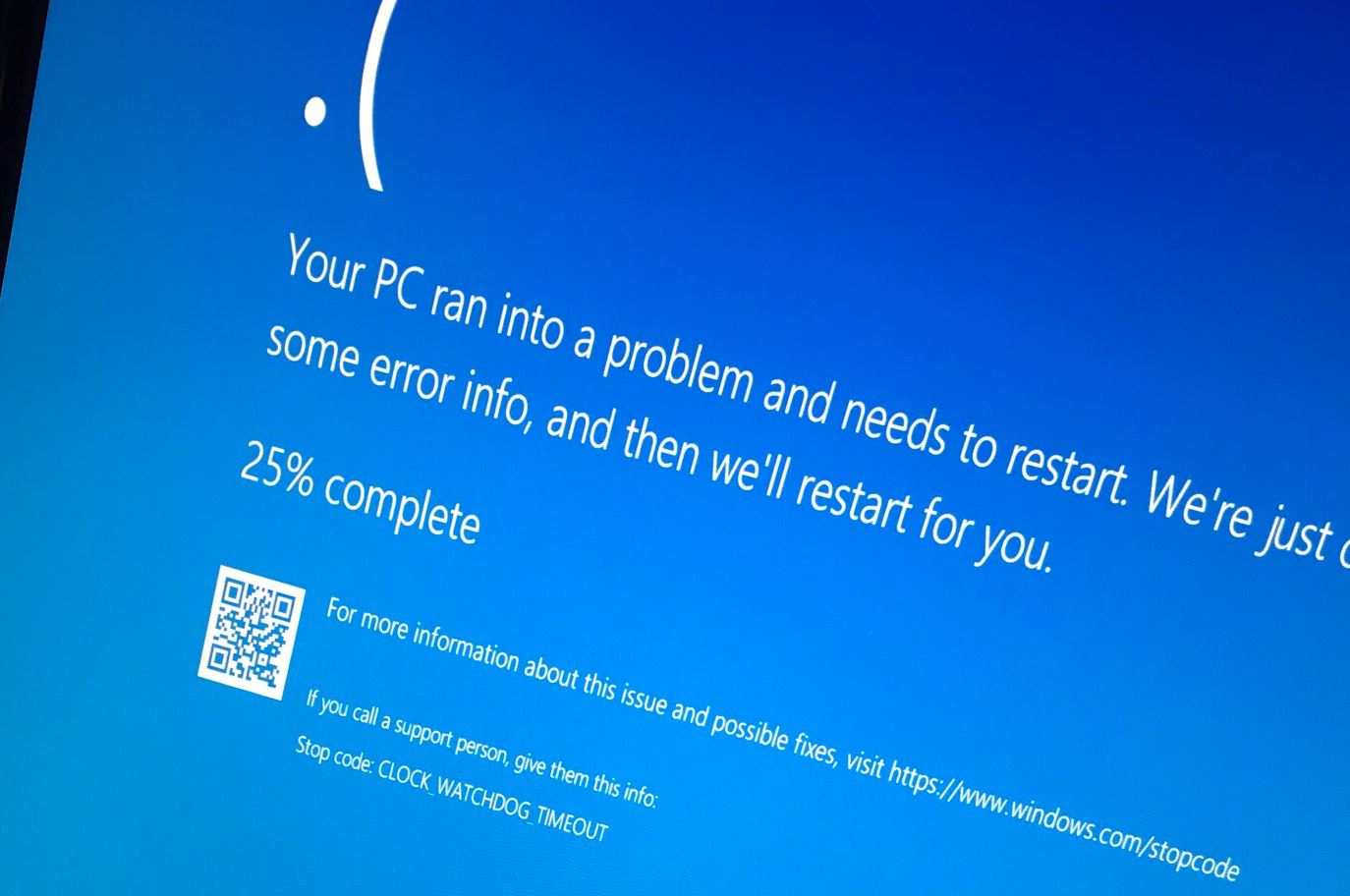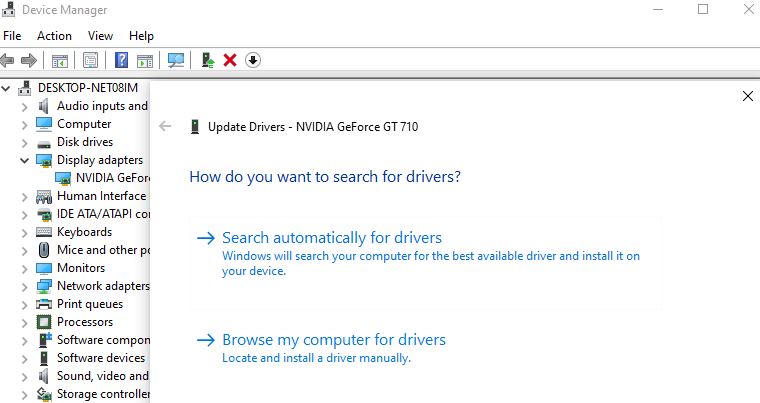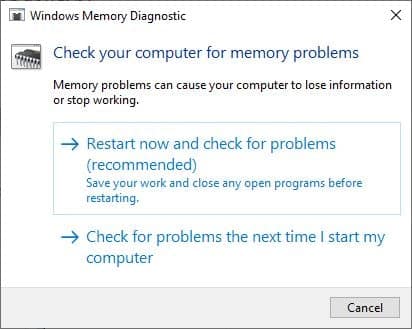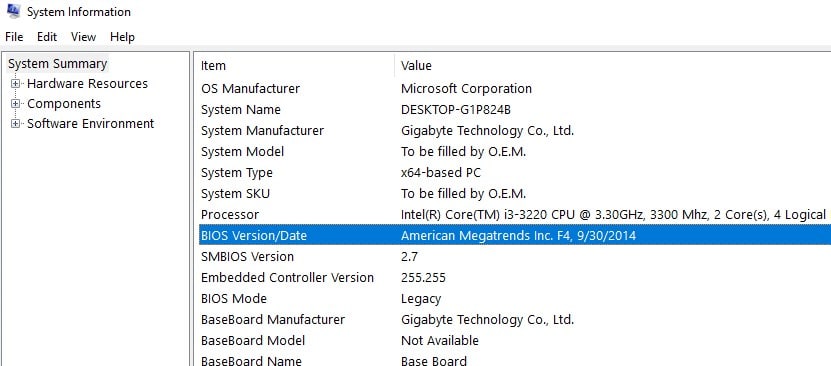CLOCK_WATCHDOG_TIMEOUT error usually occurs when one of the processor cores in a multi-core system is unable to respond within the allocated time frame. The operating system uses a watchdog timer to monitor the activity of each core. If a core fails to respond within a certain period, it triggers the Clock Watchdog Timeout error. Hardware issues, corrupt or incompatible device drivers, software conflicts, Overlocking or Corrupted System Files are the common reasons behind this blue screen error on Windows 11 or Windows 10. Whatever the reason, here is how to fix the CLOCK WATCHDOG TIMEOUT Error in Windows 11.
A clock watchdog is a timer that tracks how long a program takes to respond. If it takes too long, the system steps in to prevent any problems. It’s a safety feature in your computer.
Note: If you can’t log into Windows, due to this blue screen Clock Watchdog Timeout Error, try restarting your computer in Safe Mode for troubleshooting.
Clock Watchdog Timeout Windows 11
The primary reason for the “Clock Watchdog Timeout” error is usually related to issues with the CPU (central processing unit) and the system’s inability to manage multi-core processing properly. Here are some common causes:
- Problems with your CPU, motherboard, or other hardware components can lead to this error. It might be due to overheating, insufficient power supply, or damaged components.
- If your system is overclocked, it can cause instability, leading to this error. Overclocking pushes hardware components beyond their recommended specifications.
- Outdated or incompatible drivers, especially those related to your CPU, can trigger this error.
- Certain software or applications may conflict with your CPU’s operation and lead to the Clock Watchdog Timeout error.
- Incorrect settings in the system’s BIOS or UEFI firmware can also cause this issue. Resetting your BIOS settings to default might help.
Disconnect external devices
External devices, such as USB drives, printers, or external hard drives, can sometimes cause conflicts with the system. Whenever you experience blue screen error, the first thing you need to disconnect external devices and restart windows.
- Ensure that your computer is completely powered off
- Unplug any peripherals or external devices such as USB drives, printers, scanners, external hard drives, and any other devices connected to your computer.
- Turn on your computer and let it start up without the external devices connected.
If a specific device is causing a problem, disconnecting it allows you to isolate the issue. Reconnecting devices one at a time helps pinpoint which one is problematic.
When you restart Windows it clears temporary system files, resets software configurations, and can resolve minor software glitches.
Check Hardware issues
The next step you need to ensure that all cables, cards, and memory modules are securely and properly connected. Look for any obvious signs of physical damage like burnt components, loose connections, or swollen capacitors on the motherboard.
Use a monitoring tool (like HWMonitor, Core Temp, or similar) to check the temperatures of your CPU and GPU. High temperatures can indicate cooling issues.
If your computer is frequently shutting down or experiencing crashes, overheating could be a potential cause. Ensure that fans are functioning properly and consider cleaning any dust from vents and heat sinks.
If you have a dedicated graphics card, ensure it’s seated properly in its slot. Check for any signs of damage on the card itself. Here is a video explains how to reseat your hardware and check everything is secure.
Install the latest Windows Update
Microsoft regularly releases security updates with various bug fixes and improvements. Installing the latest Windows updates fixes previous bugs as well. Let’s install the latest Windows updates that might have bug fixes for this CLOCK_WATCHDOG_TIMEOUT Error on Windows 10.
On Windows 11:
- Press the windows key + x and select settings,
- Go to Windows Update then hit Check for updates,
- If an update is available, download and install it.
On Windows 10:
- Press Windows key + I to open settings,
- Click on Update & security then hit the check for updates button,
- This will start checking for available updates, download and install them.
You only need to restart your PC to apply them and check the status of this BSOD error.
Update device drivers
Outdated or incompatible device drivers are one of the common reasons behind Windows 11 blue screen errors. Update or install the latest device drivers can fix a list of issues, including the Clock Watchdog Timeout error on Windows 10. Newer drivers often include bug fixes and optimizations that keep your hardware functioning smoothly and protect your system from potential threats.
Make sure all drivers, especially those related to the processor and motherboard, are up to date.
We recommend update the essential device drivers listed below.
- Chipset Drivers.
- VGA Drivers.
- Network Drivers.
- Audio driver
You can easily download or update your device drivers from the manufacturer’s website for your hardware devices, and search for the most recent correct driver for each.
Update driver on device manager:
- Press Windows key + R, type devmgmt.msc and click ok,
- This will open the device manager and list all installed device drivers list,
- Expand the display adapter, right-click on the installed display driver select update
- click on search automatically for drivers and follow on-screen instructions.
Check CPU Temperature
Check and Ensure your computer/laptop doesn’t overheat, and the system’s hardware temperature (CPU, Memory, GPU) is normal. Use a monitoring tool (like HWMonitor, Core Temp, or similar) to check the temperatures of your CPU and GPU.
If your computer is overheating check and ensure the airflow outwards is not prevented, also clean your computer from dust remaining inside to avoid overheating problems.
Run Windows Memory Diagnostics Tool
A memory issue can cause various errors, including the CLOCK_WATCHDOG_TIMEOUT error. Faulty or failing memory can lead to data corruption, system instability, software conflicts, and even system crashes. Run the Windows memory diagnostics tool that helps detect and fix any issues with your RAM.
- Press Windows key + R, type mdsched.exe and click ok,
- This will open the Windows memory diagnostic tool,
- Click on Restart now and check for problems (Recommended)
- The computer will restart and check for memory-based problems.
Run system file checker
Again Windows Blue Screen error could occur if some of your system files are corrupted, or lost. Run the DISM and system file checker utility that helps check the system image health, and restore corrupted system files with the correct one.
- Open the command prompt as administrator,
- Type the command DISM /Online /Cleanup-Image /RestoreHealth and press enter key,
- Once the command is executed run sfc utility command sfc /scannow
- Let the scanning process complete 100% and reboot your PC.
And now check the status of this blue screen error CLOCK_WATCHDOG_TIMEOUT
Updating the BIOS
Still need help, try To update the BIOS by following the steps below.
- Press Windows + R, type msinfo32 and click ok,
- This will open the System Information window, scroll down and locate the BIOS version,
- Note down the version and developer of the BIOS installed on your computer.
- Now visit the manufacturer’s website to download the latest BIOS version onto your computer.
- Double-click on the newly downloaded file to install the new version of the BIOS, If you are a laptop user make sure to keep it plugged in until this BIOS update is installed.
Remove Overclock Settings
If you’ve overclocked your system and are experiencing the CLOCK_WATCHDOG_TIMEOUT error, it’s advisable to revert to the stock settings. Overclocking can sometimes lead to stability issues, and returning to default settings can help resolve this problem. Keep in mind that the exact process for reverting overclock settings will depend on your specific hardware and the tools or settings you used for overclocking.
In addition, open programs and features window using appwiz.cpl and uninstall newly installed third-party Software.
Also Performing a system restore can potentially help fix the CLOCK WATCHDOG TIMEOUT error, especially if the issue is related to recent software changes or updates. Restoring your system to a previous, stable state can undo any problematic alterations that may be causing the error.
Also read:
- Solved: DPC Watchdog Violation Blue Screen Error in Windows 10
- Solved: Computer randomly restarts while playing games windows 10
- How to change boot order (Boot Sequence) in windows 10 computer or Laptop
- How to Reduce high memory usage in Google chrome Windows 10
- Did Left Click Mouse Button Not Working on computer or laptop? Let’s fix it




